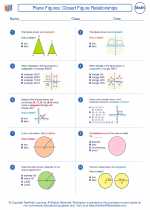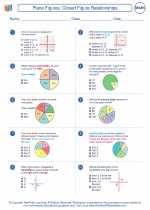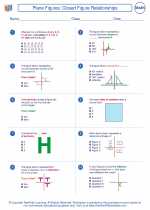Rain Gauge
A rain gauge is a meteorological instrument used to measure the amount of liquid precipitation over a set period of time. It is an essential tool for monitoring and studying rainfall patterns and is used by meteorologists, hydrologists, and environmental scientists.
Types of Rain Gauges
There are several types of rain gauges, but the most common types include:
- Standard Rain Gauge: This type consists of a cylindrical container with straight sides. The rainwater collected is measured using a graduated scale.
- Tipping Bucket Rain Gauge: It consists of a funnel that directs the rainwater into a small bucket. When a specific amount of water is collected, the bucket tips, and the amount of water is recorded.
- Optical Rain Gauge: This type uses an optical sensor to detect the presence of water on a surface. When raindrops are detected, the sensor records the amount of rainfall.
How Rain Gauges Work
Regardless of the type, the basic principle of operation for a rain gauge involves collecting and measuring the amount of rain that falls within a specific time frame. The collected data is then used to calculate the rainfall intensity, total rainfall over a period, and other relevant meteorological parameters.
Using a Rain Gauge
Using a rain gauge is a straightforward process. Here's a step-by-step guide:
- Place the rain gauge in an open area away from obstructions such as buildings and trees.
- Ensure that the rain gauge is level and stable.
- After a rainfall event, open the rain gauge and record the amount of water collected.
- Empty the rain gauge and reset it for future measurements.
Study Guide
To better understand the concept of rain gauges, it's important to study the following aspects:
- Types of rain gauges and their differences.
- The mechanism of operation for each type of rain gauge.
- The units of measurement used for recording rainfall (e.g., millimeters, inches).
- The importance of accurate rainfall measurements for various applications, such as agriculture, hydrology, and weather forecasting.
- The role of rain gauges in climate studies and understanding precipitation trends.
By mastering these topics, students can gain a comprehensive understanding of the purpose and function of rain gauges in meteorology and related fields.
.◂Math Worksheets and Study Guides Seventh Grade. Plane Figures: Closed Figure Relationships

 Worksheet/Answer key
Worksheet/Answer key
 Worksheet/Answer key
Worksheet/Answer key
 Worksheet/Answer key
Worksheet/Answer key
